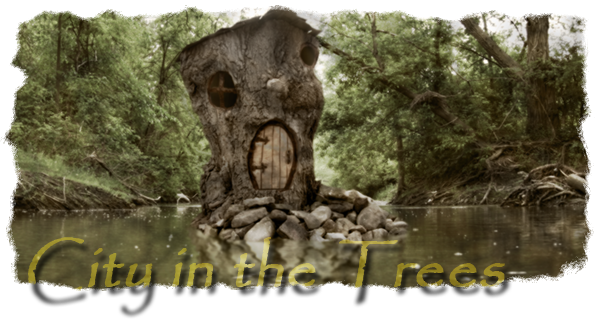--------------------------
So probably the most interesting thing this weekend was heading out the east end with P-Doug to explore another abandoned farm line that turned out to be anything but abandoned. It's a road called Buckley Road out in Durham Region. I'd noticed on Googlemaps it was bisected by a creek, and that often promises an old bridge or the remnants of one. So we headed out there yesterday around 10:30. Took about 45 minutes to get there.
The road was still open for maybe a quarter of a mile, and I parked at the end, even though it looked, strangely enough, like it might be possible to drive further. Later I was glad I didn't.
Anyway not long after we started we heard a car behind us! It was a bunch of 20-somethings in a blue Jeep kinda thing. We got out of their way and they told us they were there to get their car out! About five minutes later we saw what they meant. They'd gotten it hung up in a mud rut a day or two earlier. At that point I was definitely glad I'd parked where I did. Even if I hadn't hit that rut, I'd have had to back up for about half a mile. We wandered past them and they took off, apparently deciding to try it from the other side (we saw them again, not long afterward, coming in through a cleared area on the east side of the line, north of where the car was stuck. We heard them at it for a couple of minutes and apparently they were successful.)
After that we came to an open gate that gave access to an open area, nicely kept, with a little shack of some kind and a tended, mown lawn. It struck me very much as typical of a camp ground, though it was a little small for that and appeared to be, at least for the moment, deserted. P-Doug, who has a fair amount of youthful camping experience backing him up, said that the fire pits had been used the night before. We lingered a bit and then continued north.
The road got too narrow to let a car pass but we noticed someone had been sawing out obstructions. I wondered about ATVs but P-Doug figured too narrow, just motorbikes. But what should come along behind us a couple of minutes later but an ATV. Some 60-something guy in a crash helmet, going about as fast as you would on a ride-on mower. Born to be mild.
Eventually we were coming within sight of Concession Road 5, at the north end of the "closed" road with all the traffic on it. We turned back a few minutes short of the road. If you look around on the map above, you'll see what appears to be an abandoned railway curving through the field, with its course eventually becoming an actual road to the northwest. I hadn't noticed that detail in planning the trip and so wasn't looking for it. I wish I'd been on the watch for it. Where it once crossed Buckley Road, assuming I'm right about that being what that feature is, is right around where we turned back. It would have been a treat to have worked out just where the level crossing had once been. Maybe next year.
On the way back we noticed the car was gone. I stepped into the rut and it was 9 or 10 inches deep and mostly mud, and right next to it, the packed-down earth they got hung up on. After that, I stepped off the road for a bit and wandered up the stream beside it for a ways. All the reasons I love going barefoot on the trails. :) Funny. Puddles when you're shod are a messy nuisance. But when you're barefoot they're a positive invitation. You'd think it would be the other way around. Anyway, I managed nearly two miles that way, so it was a nice wander full of different sights around and textures below.











+Road+bridge,+1954,+2007.png)
+Road+bridge,+1954+superimposed+on+2007.png)